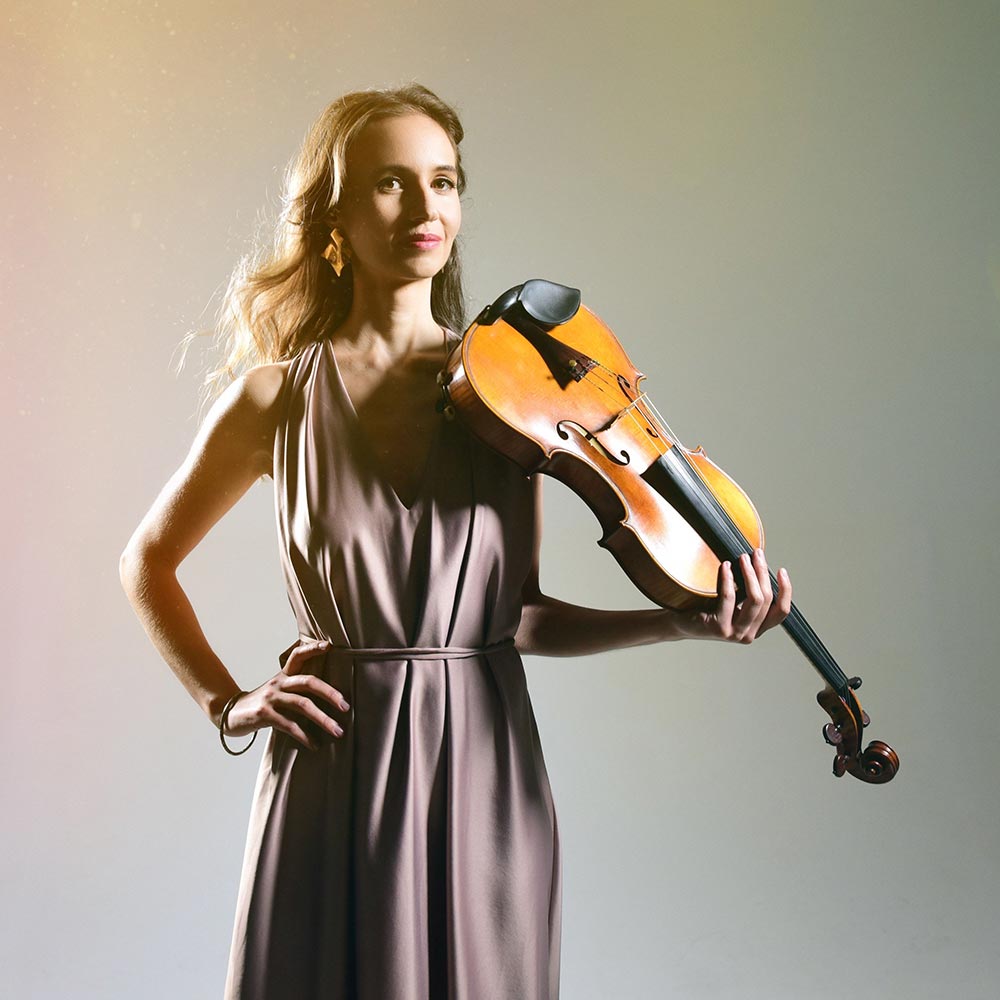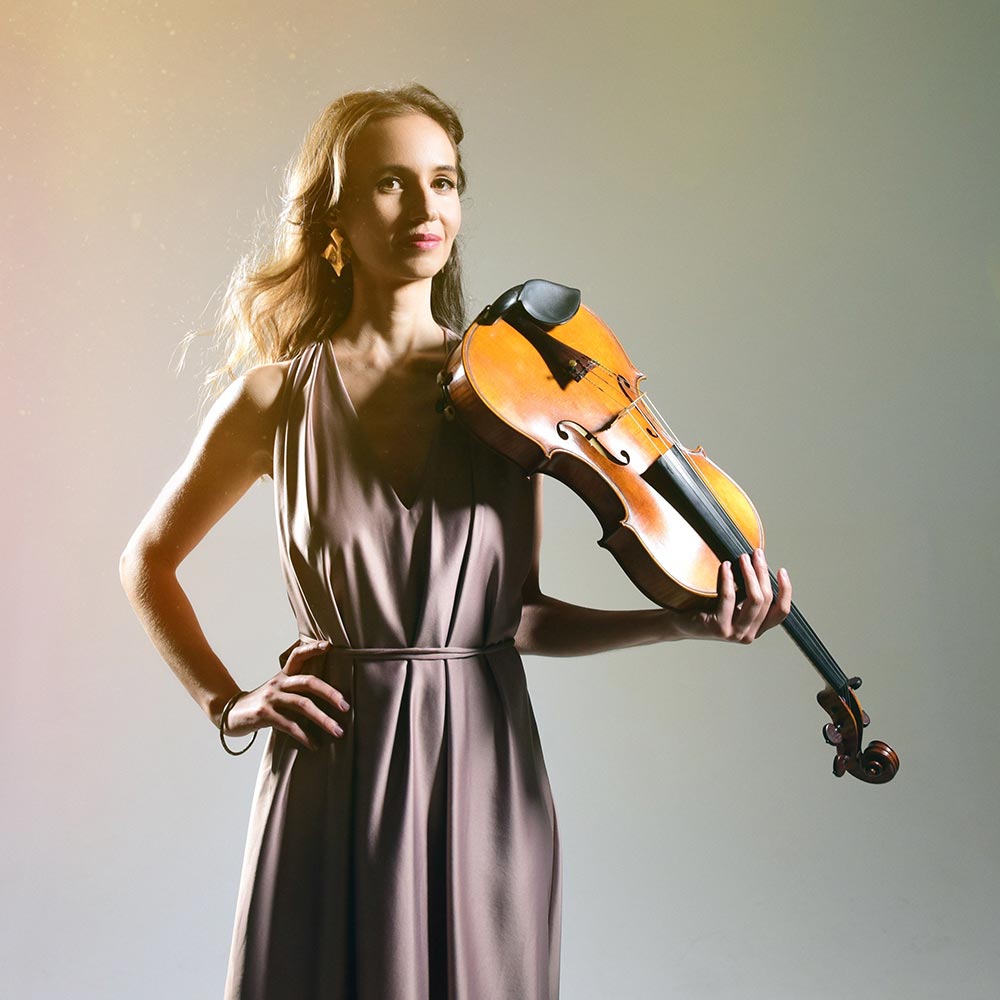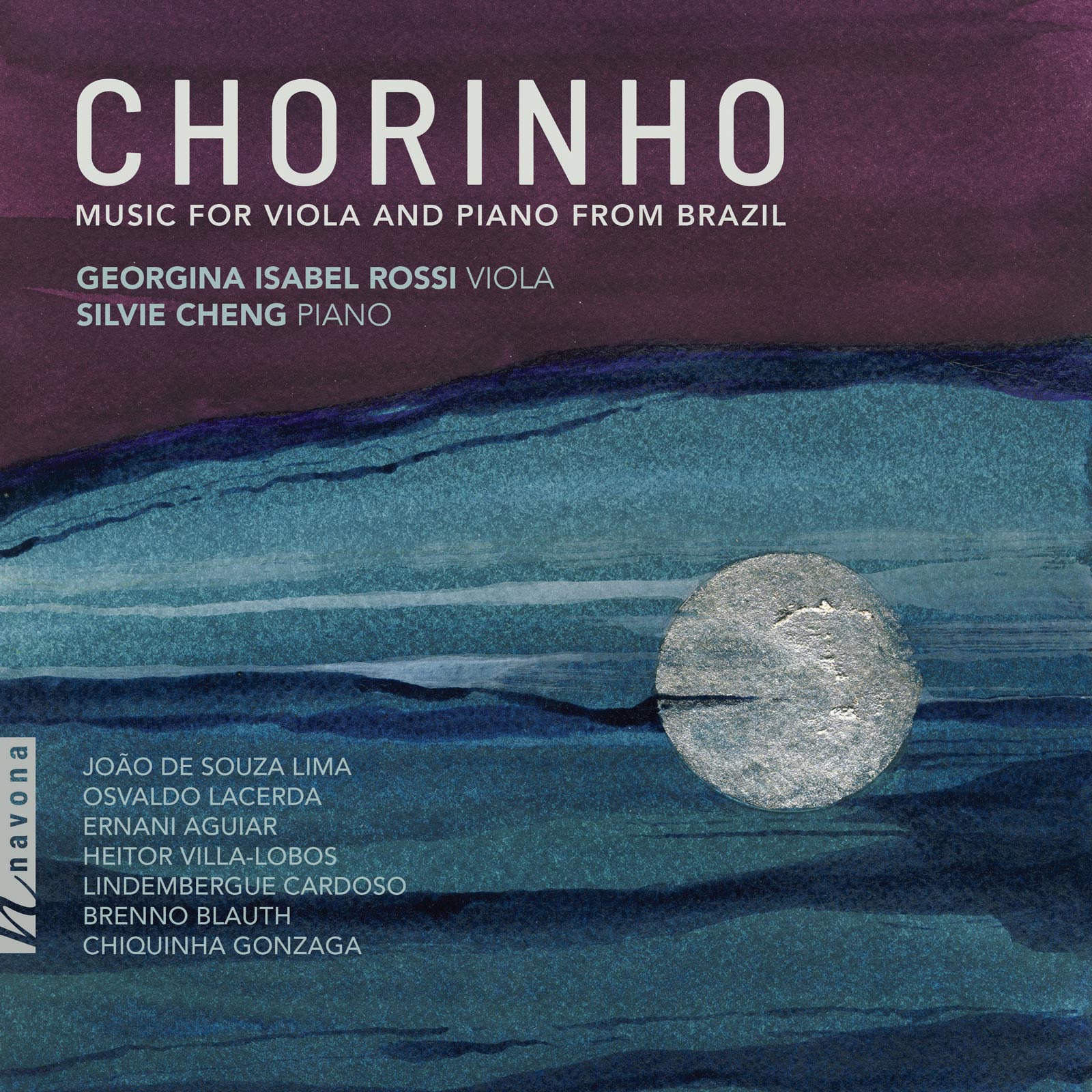
Vibrant, soulful, and expressive, CHORINHO offers a spectacular glimpse into a little-known area of Brazilian contemporary music. This release from Georgina Isabel Rossi and Silvie Cheng presents a variety of under-recognized works for viola, including world-premiere recordings of works by João de Souza Lima, Lindembergue Cardoso, and Ernani Aguiar.
Today, Georgina and Silvie are our featured artists in “The Inside Story,” a blog series exploring the inner workings and personalities of our composers and performers. Read on to learn about their passions outside of music, favorite ways to prepare for a performance, and more…
Take us on a walk through your musical library. What record gets the most plays? Are there any “deep cuts” that you particularly enjoy?
GR: I have a very tiny collection of LP’s. Lately, getting the most plays on my turntable is Sting’s Dream of the Blue Turtles. A student gifted me an incredible ’45 of Primrose playing short concert pieces which was amazing. Deep cuts vary by season — a joy this summer: the slow movement of Kabalevsky violin concerto, Oistrakh.
How do you prepare for a performance?
GR: I start as early as I can (I’m still learning to prepare more on the fly at a higher level). I love to think through every single note and plan every inch of the bow like a map. I’m a detailer and planner for sure. But if I do this properly, I feel free to risk and improvise a little on stage.
What’s the greatest performance you’ve ever seen, and what made it special?
GR: So many. When I was a fellow at Bowdoin summer fest a few years ago, Robin Scott gave a performance of the first Brahms violin sonata. It was outrageous — so heartfelt, with so much control. One of those performances that leaves you reflecting on the nobility and power of the work we do; how it’s a cross-generational transfer of emotion and information — true communication passed on through time and space; added to and strengthened with every good performance.
What musical mentor had the greatest impact on your artistic journey? Is there any wisdom they’ve imparted onto you that still resonates today?
GR: All my teachers are fundamental in who I am as a person and musician today. But I have to mention especially the influence of the late Roger Tapping (as James Dunham referred to him, a “prince among men”). He was a brilliant teacher who really saw who his students were. And his greatest lesson he taught by example — sincerity in musicianship and kindness in interactions — a constant process of learning from your colleagues.
If you weren’t a musician, what would you be doing?
SC: In this lifetime, it’s hard for me to imagine being anything but a musician, but I could see myself exploring other paths in another life. I’ve always been fascinated by the ocean (before getting into music, as a child I was obsessed with visiting aquariums and thought I would become a marine biologist) and the brain, both of which have such profound, mysterious depths yet to be discovered. In a way, embarking on an endless quest driven by a mix of curiosity, knowledge, and beauty is at the core of why I am a musician too.
What emotions do you hope listeners will experience after hearing your work?
SC: I believe that musicians are ultimately humanitarians, and so beyond evoking the innermost feelings of listeners, I hope that my music also triggers a sense of awe about the world, a yearning to search for more beauty in the everyday, and a desire to seek out deeper connections with those around us. You know those extraordinary performances when you have been incredibly moved by not only the artistry itself but also the act of sharing it with others in real-time, and then you walk out of the venue into the world with renewed hope and fresh perspective? These kinds of transformative experiences are what I strive to create, whether live or on recordings.
Where and when are you at your most creative?
SC: I’m most productive in the morning, but most creative late at night, when my to-do lists have been completed and the world around me has settled down… I tend to get spurts of ideas around 11pm! Long plane rides are also good incubators for brainstorming, perhaps because of the built-in white noise (and having my head literally up in the clouds).
What are your other passions besides music?
SC: While on tour or traveling for leisure: food. Glorious food and art! I love exploring local delicacies and foodie hotspots, as well as visiting museums, both of which allow me to delve into learning more about different cultures and becoming a better global citizen. In less urban areas, you’ll most likely find me on a nature walk (usually off the beaten path).
At home, as an introvert I tend to recharge with more solitary activities such as reading and painting — every home of mine throughout the years has been covered in my canvases, primarily oil or acrylic works.

Chinese-Canadian pianist Silvie Cheng has performed in esteemed concert halls on five continents, from the California Center for the Arts to Brussels’ Flagey Hall, and the University of South Africa to Shanghai’s Poly Theatre. Close collaborations with composers of our time have led to over 50 world premieres since 2010, in such venues as Carnegie Hall, Cornell University, and the National Gallery of Canada. She tours extensively as the pianist of the Cheng² Duo and is a teaching-artist of The Orto Center at the Manhattan School of Music in New York City.

Chilean-American violist Georgina Isabel Rossi is on the faculty of the Pontificia Universidad Católica de Chile’s Instituto de Música. Her first album, Mobili: Music for Viola and Piano from Chile (New Focus Recordings), was praised as “expertly played” (WQXR), “a startling new recording” (CVNC Journal), and was one of KDFC’s picks for “Favorite Albums of the Year.” She plays a Buenos Aires-made viola by Leonardo Anderi from 2014, and a bow by Christian Wilhelm Knopf.



